“Education has two key aspects: knowledge and connections. On the knowledge front, there are things I apply daily that trace back to my studies at GIA. On the connections front, the network you build here is invaluable.”
- Saumil Kothari, GIA GG®, Vice President, Procurement and Sales, Jewelex India Private Limited
The Legacy of Leadership Knowledge Series: Season 2 finale featured an interview with Saumil Kothari, GIA GG® and Vice President of Procurement and Sales at Jewelex India Private Limited. In the engaging session, Saumil rewatched some interesting moments from the past Legacy of Leadership speakers and shared his insights on the key highlights and takeaways from the series’ most impactful and engaging highlights.
- How important is it for the next generation to build their identity and credibility, both within and outside the family business, while being supported in their innovative thinking?

Niharika Shekhawat, GIA GG®, House of Sunita Shekhawat (Reference video: Legacy of Leadership Knowledge Series ft. Digvijay & Niharika Shekhawat)
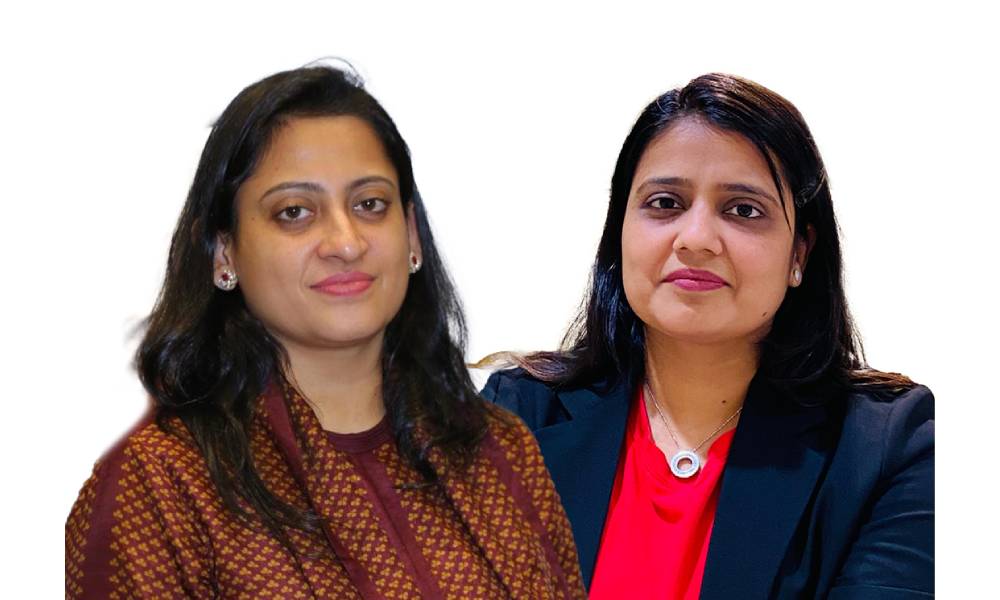
Swati Shekhar, GIA GG®, Manohar Lal Sarraf & Sons Jewellers, Meerut (Reference video: Legacy of Leadership Knowledge Series ft. Aarti and Swati Shekhar

Dr. Vinod Hayagriv, GIA GG®, C. Krishniah Chetty Group of Jewellers (Reference video: Legacy of Leadership Knowledge Series ft. Dr. Vinod Hayagriv and Chaitanya V Cotha)
Saumil: I don’t think the shift from one generation to the next is ever entirely smooth. There will always be differences of opinion and challenges. But if it’s managed well, it becomes a win-win situation. It’s an opportunity to bring much-needed freshness to the business with new ideas and a different way of thinking. For me, proving yourself and building your own identity is important, but I also believe you must be mindful that the brand’s legacy often precedes you. It’s not about letting your identity overpower what the brand already stands for. Instead, it’s about finding a way to coexist, where your identity molds into and complements the brand’s. At the same time, it’s essential to understand the privilege and responsibility that come with stepping into a legacy.
- How do you think core values, combined with openness to new ideas, influence the long-term growth and reputation of family-run businesses?

Meenu Subbiah, GIA GG®, Meenu Subbiah Diamonds LLP (Reference video: Legacy of Leadership Knowledge Series ft. Meenu Subbiah, Ganeshan Suppiah, and Adithi Ganeshan)

Samir Sagar of Manubhai Gems Pvt. Ltd. (Reference video: Legacy of Leadership Knowledge Series ft. Samir Sagar)
Saumil: I believe the values of any organization, especially those that span generations, are akin to the foundation of a building. While you can build upon this foundation, altering it can be risky unless you’re starting entirely from scratch, which isn’t typically the goal. The fundamental values on which a business is built have stood the test of time, often being passed down through multiple generations.
It’s crucial not to tamper with these core values or compromise them. Across industries, brands are built on specific values, and customers associate those brands with those principles. Diluting or experimenting excessively with these values puts the brand’s identity and trustworthiness in jeopardy, which can be a dangerous path to take.
There are two types of values to consider: business values and personal values. While personal values often come naturally, especially for those in the second or third generation of a business, business values may need to be learned and internalized over time. Both sets of values intersect and work hand in hand to guide the organization forward. Rather than trying to modify these foundational values, the focus should be on strengthening them and communicating them more effectively to customers.
Today, with the vast reach of social media and modern communication tools—resources that weren’t available a few decades ago—there is an excellent opportunity to highlight these values and the effort that goes into upholding them. The next generation should prioritize this approach, ensuring that the essence of the brand remains intact while leveraging contemporary means to connect with customers.
- How can businesses strike a balance between preserving tradition and embracing modern customer expectations, including path-breaking innovations, to stay relevant?
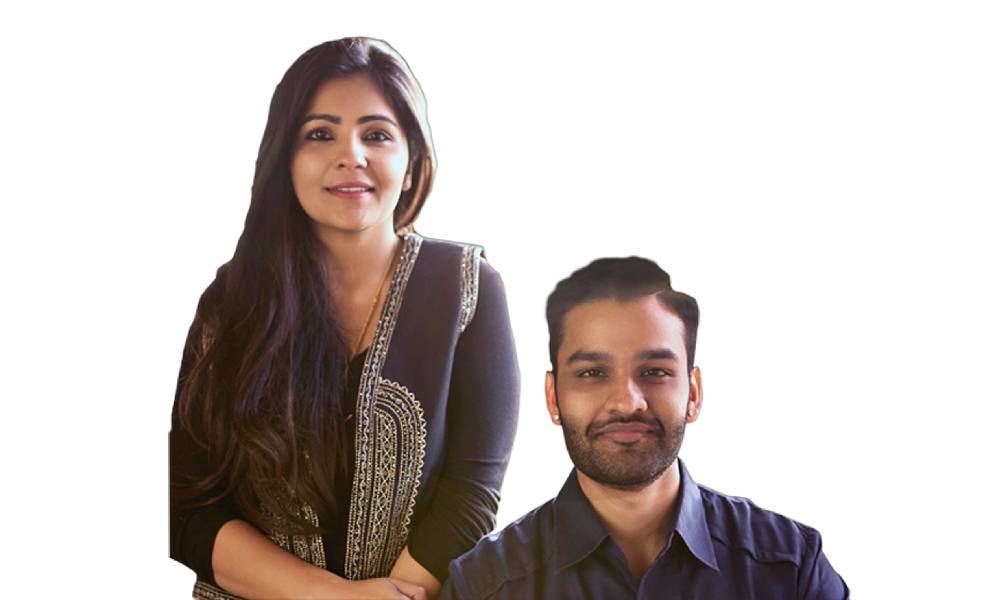
Niharika Shekhawat, GIA GG®, House of Sunita Shekhawat (Reference video: Legacy of Leadership Knowledge Series ft. Digvijay & Niharika Shekhawat
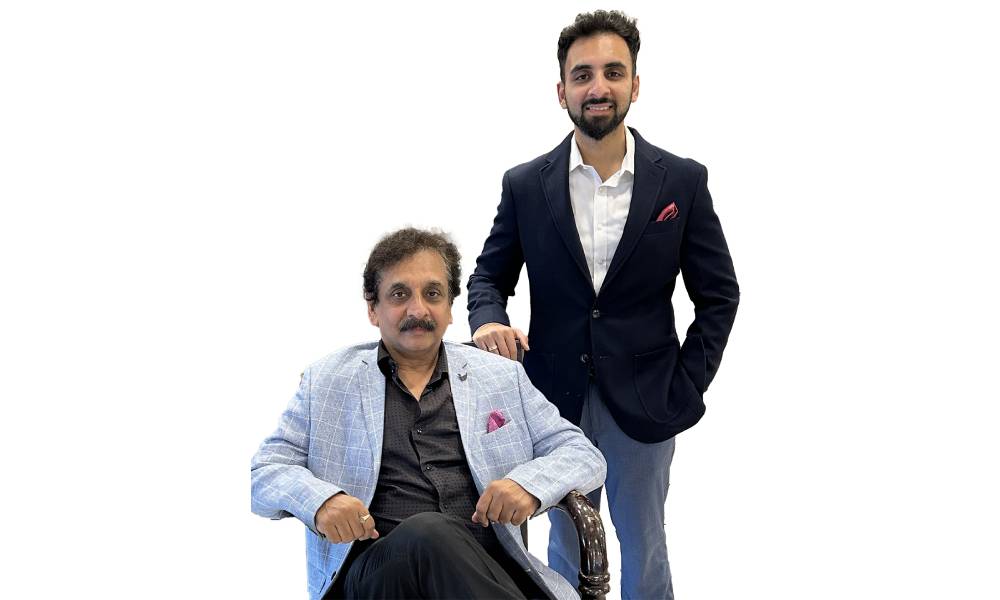
Akshay Chawla, GIA Graduate Diamonds, Punjab Jewellers and Sons (Reference video: Legacy of Leadership Knowledge Series ft. Sanjay and Akshay Chawla)
Saumil: Customers, choices and customer base are constantly evolving, as it has been for decades—albeit not as rapidly as today. This evolution is ongoing and unlikely to stop. Simultaneously, the ways to address customer preferences have also transformed significantly.
Previously, communication was a slower process, often taking days or weeks to finalize a piece of jewelry. Today, with the advent of quick communication platforms like Instagram and WhatsApp, businesses can respond to customer requests and make design modifications almost instantaneously. This speed of communication benefits both customers and businesses, enabling swift feedback and resolutions.
However, despite the advancements in communication, the jewelry business remains deeply emotional. It’s not just about transactions; it’s about building a personal connection with customers. Developing a rapport requires time, effort, and a genuine investment in understanding their needs. This personal touch is the essence of the jewelry business, setting it apart in a world where modes of communication continue to evolve. While customer service adapts to modern technologies, the foundation of personal relationships will always remain integral to this industry.
- What strategies do you think are essential for passing down a legacy while preparing the next generation for future challenges?
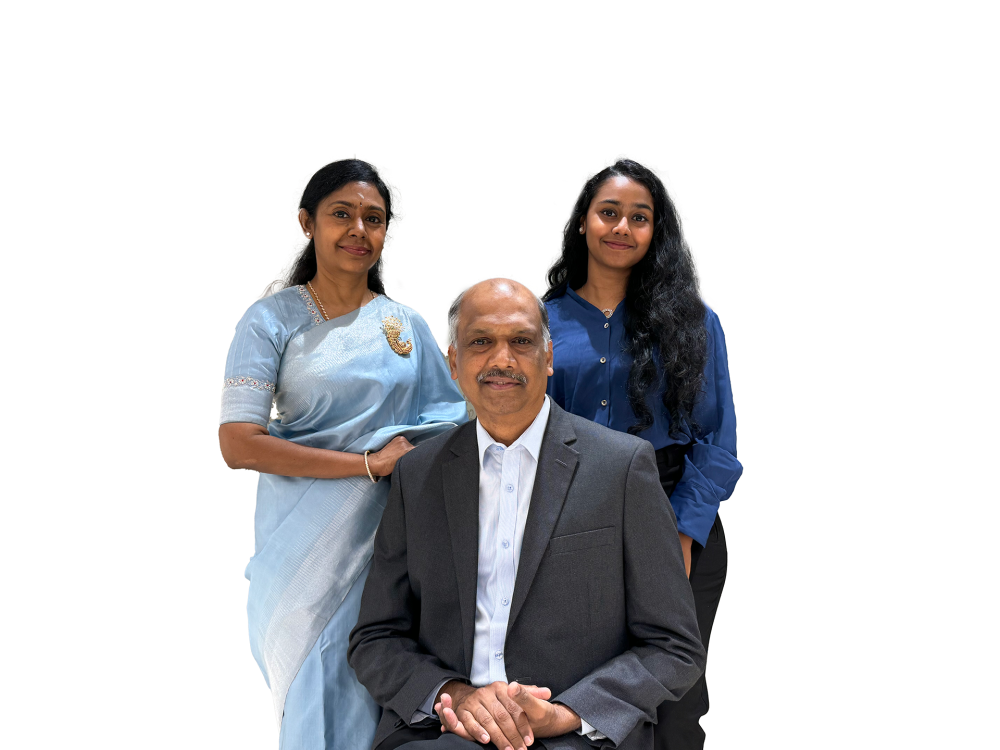
Ganeshan Suppiah, GIA GG®, Meenu Subbiah Diamonds LLP (Reference Video: Legacy of Leadership Knowledge Series ft. Meenu Subbiah, Ganeshan Suppiah, and Adithi Ganeshan)

Mohit Jethani of Jet Gems Fine Jewellery (Reference video: Legacy of Leadership Knowledge Series ft. Mohit and Janak Jethani of Jet Gems Fine Jewellery)
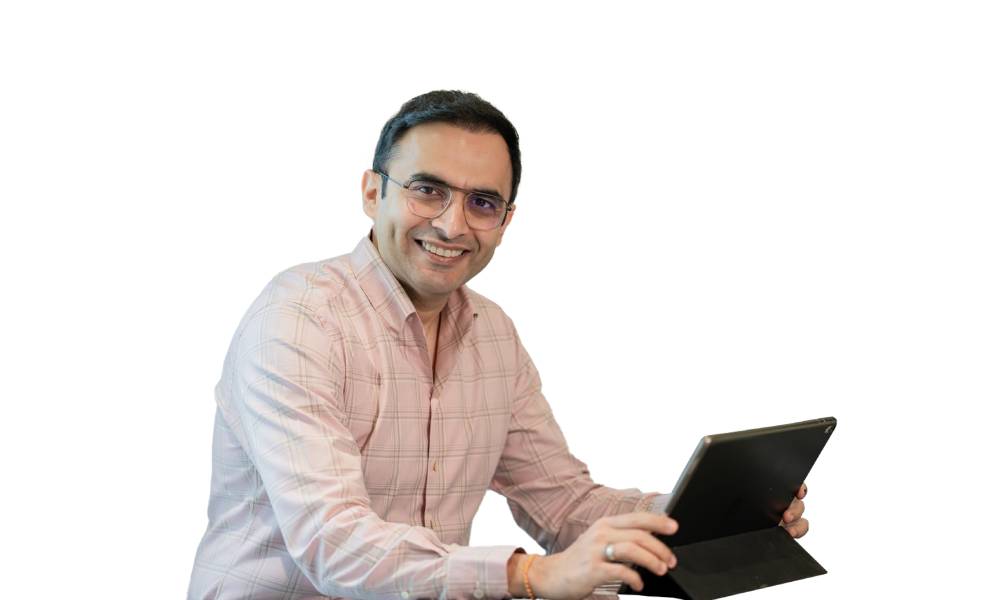
Samir Sagar of Manubhai Gems Pvt. Ltd (Reference Video: Legacy of Leadership Knowledge Series ft. Samir Sagar)

Dr. Vinod Hayagriv, GIA GG®, C. Krishniah Chetty Group of Jewellers (Reference Video: Legacy of Leadership Knowledge Series ft. Dr. Vinod Hayagriv and Chaitanya V Cotha)
Saumil: When someone new from the family joins a business, especially in industries like jewelry, it often begins with a structured and thoughtful approach. Most family businesses in India, whether in jewelry or other sectors, have refined the art of onboarding the next generation.
Typically, newcomers start at the bottom, going through carefully designed processes and structured training. They are encouraged to work in every department, which not only helps them discover their strengths but also highlights areas where the organization excels or needs improvement. Rather than placing them directly in leadership roles due to their privileged position, families often ensure they gain hands-on experience across the business. By the time they step into leadership roles, they are well-equipped to navigate the business with confidence and insight.
Conflicts can arise when working with family, as they would between any two individuals. The key is to separate business issues from personal matters. Focusing on solving business problems with a shared purpose ensures everyone’s heart and mind remain aligned.
Q: How will technologies like artificial intelligence (AI), augmented reality (AR), and new tools evolve to further enhance customer interactions and drive efficiency in the jewelry industry? Do you foresee AR and virtual try-ons becoming standard across brands?

Mohit Jethani of Jet Gems Fine Jewellery (Reference video: Legacy of Leadership Knowledge Series ft. Mohit and Janak Jethani of Jet Gems Fine Jewellery)

Meenu Subbiah, GIA GG®,Meenu Subbiah Diamonds LLP (Reference video: Legacy of Leadership Knowledge Series ft. Meenu Subbiah, Ganeshan Suppiah, and Adithi Ganeshan)
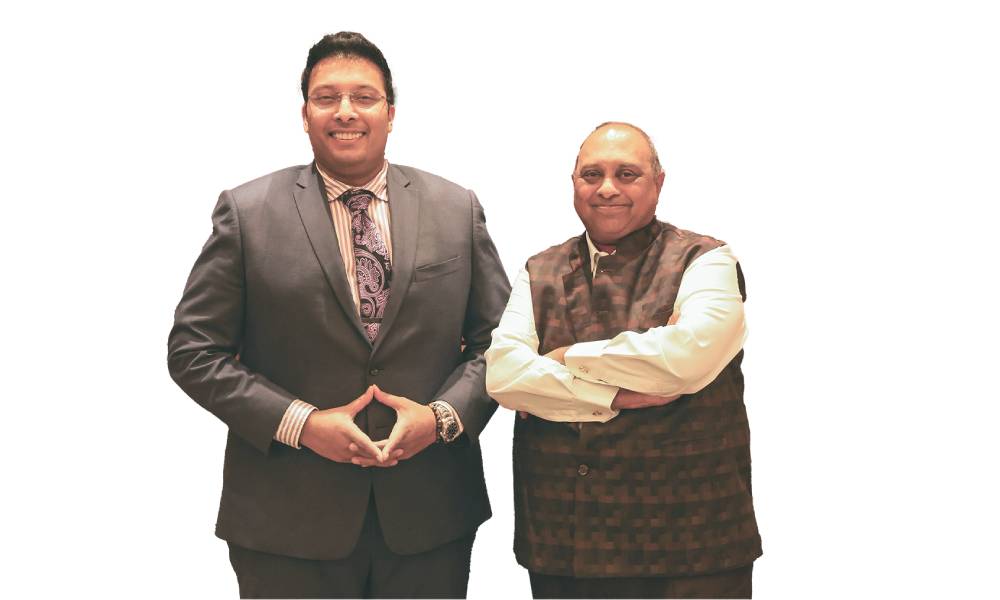
Chaitanya V Cotha, GIA GG®, C. Krishniah Chetty Group of Jewellers (Reference Video: Legacy of Leadership Knowledge Series ft. Dr. Vinod Hayagriv and Chaitanya V Cotha)
Saumil: Addressing the part about augmented reality (AR), we’re already seeing its potential, though the cost of adoption might currently be a barrier for smaller companies. AR is set to become a standard practice soon. For instance, platforms like Amazon and IKEA already allow users to visualize furniture in their spaces using AR. If they can do this for something as simple as a vase, imagine the possibilities for jewelry. Customers could virtually try on a piece of jewelry located in a New York store from their home, pairing it with their outfit or wedding dress to see how it looks—no geographical barriers.
AI is equally transformative. At a recent GIA event, an AI tool created intricate jewelry designs within minutes based on just a few lines of input, such as gemstone preferences or metal choices. From a customer’s perspective, this is revolutionary. Imagine walking into a store with a concept in mind but no design expertise. The salesperson inputs your ideas, and within moments, you see a visual representation of your personalized jewelry. This technology not only simplifies the buying process but also creates a deep emotional connection. A customer’s first piece of jewelry, designed with their unique vision, becomes more than just an accessory—it’s a memorable experience. This innovation will undoubtedly redefine customer engagement in the jewelry industry.
Q: How can the industry balance protecting intellectual property with fostering innovation and empowering artisans, ensuring both designers and craftsmen have the space to thrive?
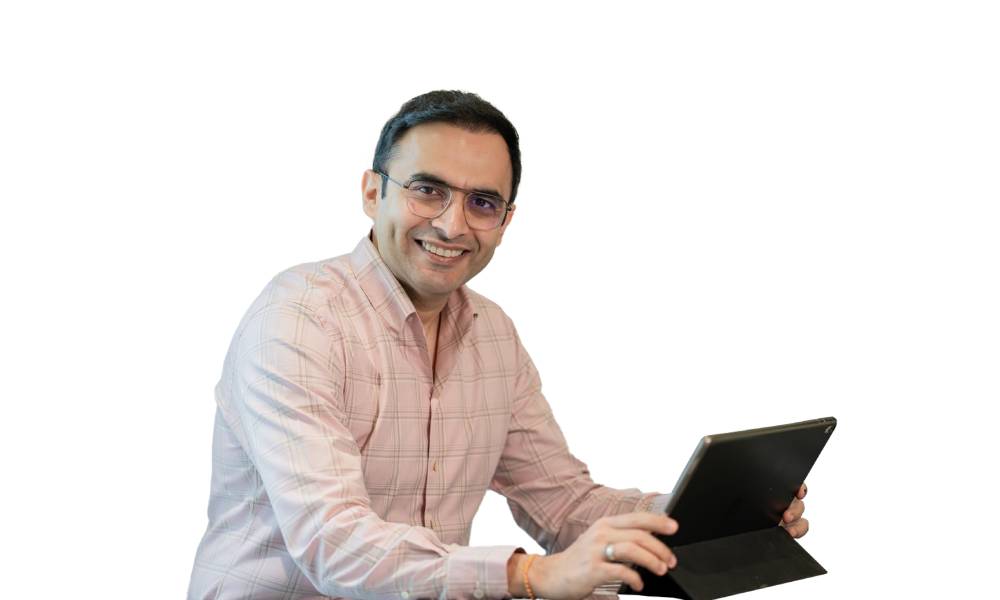
Samir Sagar of Manubhai Gems Pvt. Ltd. (Reference video: Legacy of Leadership Knowledge Series ft. Samir Sagar)

Dr. Vinod Hayagriv, GIA GG®, C. Krishniah Chetty Group of Jewellers (Reference video: Legacy of Leadership Knowledge Series ft. Dr. Vinod Hayagriv and Chaitanya V Cotha)

Shailesh Sangani, Priority Jewels Pvt. Ltd. (Reference video: Legacy of Leadership Knowledge Series ft. Aditi and Shailesh Sangani of Priority Jewels)
Saumil: This is a challenging issue. First, it’s essential to set realistic expectations—there’s no perfect solution. While intellectual property (IP) laws may seem robust on paper, enforcement can be costly, time-intensive, and inaccessible to many. Unfortunately, larger brands sometimes draw inspiration from smaller designers, leveraging ideas that resonate with audiences. For design, the key is to ensure visibility while minimizing the risk of replication. While imitation can sometimes be seen as flattery, it’s crucial to address unethical practices where necessary. That said, most businesses operate with integrity, and industry efforts toward formalization are ongoing, albeit gradual.
On craftsmanship, the focus should be on equipping artisans with modern tools while preserving the charm of handcrafted artistry. Customers value the unique touch of skilled craftsmanship, especially for fine jewelry, and consistent quality fosters trust and loyalty.
Q: How should the jewelry industry approach marketing both natural and laboratory-grown diamonds, ensuring well-informed consumers while catering to diverse preferences and expanding market segments?

Aarti Shekhar, GIA GG®, Manohar Lal Sarraf & Sons Jewellers, Meerut (Reference video: Legacy of Leadership Knowledge Series ft. Aarti and Swati Shekhar.)

Chaitanya V Cotha, GIA GG®, C. Krishniah Chetty Group of Jewellers (Reference video: Legacy of Leadership Knowledge Series ft. Dr. Vinod Hayagriv and Chaitanya V Cotha.)

Vishrut Kayvan Sanghvi, GIA Graduate Gemologist, Vishrut Gems (Reference video: Legacy of Leadership Knowledge Series ft. Vishrut Kayvan Sanghvi of Vishrut Gems)

Stanley Zale, President of Zale Advisors LLP (Reference video: Legacy of Leadership Knowledge Series ft. Stanley Zale)
Saumil: Ensuring customers are well-informed is crucial as the jewelry industry caters to diverse preferences and expands market segments. Transparency and clear communication are key, and jewelers should explain products honestly and embrace evolving customer preferences. Natural and laboratory-grown diamonds can coexist, and businesses must decide what aligns with their values and profitability.
While a small fraction may prioritize short-term gains, most in the industry remain ethical, creating opportunities for more customers to own diamonds. In growing markets like India, the focus should be on capturing a share of this expanding demand through accessibility and positivity.
Q: Would you like to share your personal GIA connection story and how it influenced your career in the diamond and jewelry industry?

Akshay Chawla, GIA Graduate Diamonds, Punjab Jewellers and Sons (Reference video: Legacy of Leadership Knowledge Series ft. Sanjay and Akshay Chawla)

Mohit Jethani of Jet Gems Fine Jewellery (Reference video: Legacy of Leadership Knowledge Series ft. Mohit and Janak Jethani of Jet Gems Fine Jewellery

Swati Shekhar, GIA GG®, Manohar Lal Sarraf & Sons Jewellers, Meerut (Reference video: Legacy of Leadership Knowledge Series ft. Aarti and Swati Shekhar)
Saumil: There’s a recent incident I’ll never forget. One of my classmates created and shared a two-minute video reflecting on his life at GIA. In his study, he had a framed photo of our class from 20 years ago. Interestingly, he’s no longer in the diamond and jewelry business and is pursuing something else entirely.
The video rekindled connections among our class of 2019, with half of us responding within a week—not just with texts but with short videos. It was heartwarming and a reminder that while we may lose regular contact, the bonds we formed at GIA don’t fade.
Education has two key aspects: knowledge and connections. On the knowledge front, there are things I apply daily that trace back to my studies at GIA. On the connections front, the network you build here is invaluable. Whether or not business opportunities arise, having a cohort of like-minded individuals across different industry segments and locations is irreplaceable. These relationships are a unique and enduring part of the platform GIA offers.

